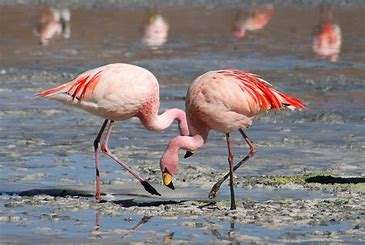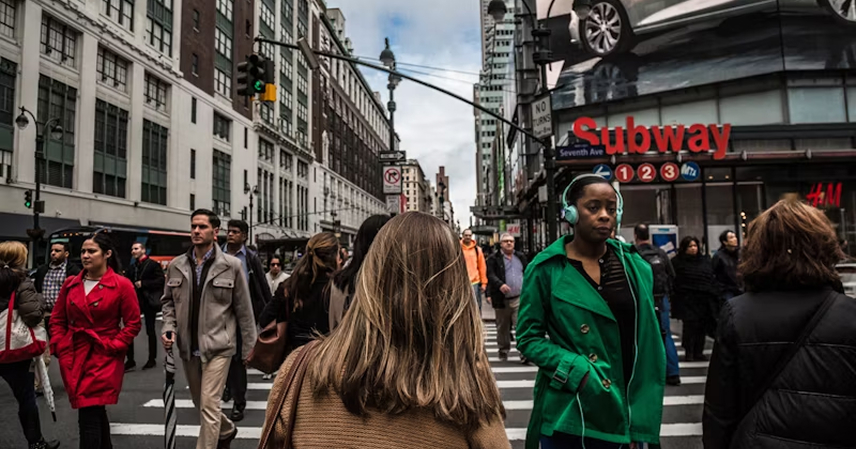Cape Town, South Africa — May 26, 2025 — The conservation community has raised alarms as one of the last remaining breeding sites of the vulnerable lesser flamingo (Phoeniconaias minor) in South Africa has been severely impacted by sewage pollution. The site, located in the Western Cape region, is now deemed unsuitable for nesting due to contamination, marking a significant setback for efforts to protect this iconic species.
Lesser flamingos, recognized by their striking pink plumage and social breeding behavior, rely on very specific wetland habitats for breeding. South Africa harbors only four known breeding sites for these birds, making each location critical to their survival and global population stability. The recent loss of this site due to untreated sewage discharge has sparked concern among environmentalists and wildlife experts.
Sewage Pollution Threatens Fragile Ecosystem
The affected breeding site, a saline wetland known for its rich algae populations which form the primary diet of lesser flamingos, has been exposed to high levels of sewage effluent. This pollution introduces excess nutrients and harmful pathogens, disrupting the delicate ecological balance and threatening both flora and fauna.
“The introduction of sewage into such a fragile ecosystem compromises water quality and depletes oxygen levels, which in turn diminishes the algae that flamingos depend upon,” explains Dr. Nandi Mbeki, a wetland ecologist at the University of Cape Town. “This site’s contamination means the flamingos can no longer successfully breed there, posing a grave risk to the species’ regional population.”
Impact on Lesser Flamingo Conservation
Lesser flamingos are classified as Near Threatened by the International Union for Conservation of Nature (IUCN), primarily due to habitat loss and degradation. Their breeding sites are limited to just a few alkaline or saline lakes and wetlands across southern Africa and parts of East Africa.
South Africa’s contribution to global lesser flamingo conservation hinges heavily on protecting these scarce breeding grounds. The loss of one site reduces the already limited options available to these birds, increasing the likelihood of population declines.
“The loss of any breeding habitat for lesser flamingos is alarming,” states Mary Botha, Program Manager at BirdLife South Africa. “It not only affects reproduction rates but also influences the broader ecosystem, as flamingos are key indicators of wetland health.”
Calls for Immediate Action
Environmental groups are urging authorities to take swift measures to address the sewage pollution and safeguard the remaining breeding sites. Recommendations include upgrading sewage treatment infrastructure, enforcing stricter regulations on waste disposal, and implementing continuous water quality monitoring.
“We must act urgently to prevent further degradation,” insists Botha. “Protecting these breeding sites is essential not just for flamingos but for the entire biodiversity that depends on these wetlands.”
The Department of Environmental Affairs has acknowledged the issue and indicated plans to investigate the contamination sources. However, environmentalists stress the need for prompt and sustained interventions.
Conclusion
The contamination of one of South Africa’s few lesser flamingo breeding sites by sewage pollution represents a significant threat to this vulnerable species. With only three breeding sites remaining in the country, the urgency to restore and protect these habitats has never been greater. Collaborative efforts between government, conservation organizations, and local communities will be vital in ensuring the lesser flamingo’s survival in South Africa.



